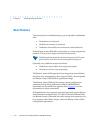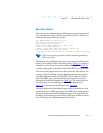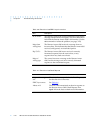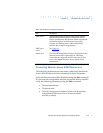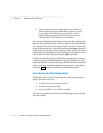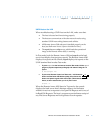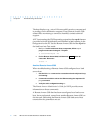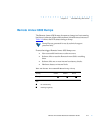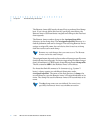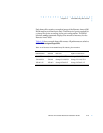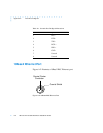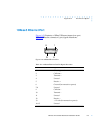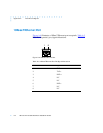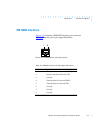
Remote Annex 6300 Hardware Installation Guide
Chapter 4 Troubleshooting Procedures
4-18
The Remote Annex 6300 sends a dump file to a preferred load dump
host. If you do not define this host by specifying an address, the
Remote Annex 6300 broadcasts a request and dumps to the first host
that responds.
The Remote Annex sends a dump to the /usr/spool/erpcd/bfs
directory on the dump host. The /usr/spool/erpcd/bfs directory is a
default pathname and can be changed. The receiving Remote Annex
assigns a unique file name for each device that it receives a dump
from but not for each crash dump.
Rename any crash dumps that you want to save. The Remote
Annex overwrites crash dumps.
The assigned name depends on the number of characters per file name
that the dump host supports. For hosts supporting file names longer
than 14 characters (e.g., BSD hosts), dump files are named dump.addr.
The file extension addr is the Remote Annex’s IP address.
For hosts that limit file names to 14 characters (e.g., System V
hosts), a dump creates two additional directories under
/usr/spool/erpcd/bfs. The name of the first directory is dump; the
second directory uses the Remote Annex’s IP network address as its
name. The dump file uses the Remote Annex’s IP host address as its
name.
The tftp dump names are user-defined. If a name is not
specified, the Remote Annex uses the bfs convention.



